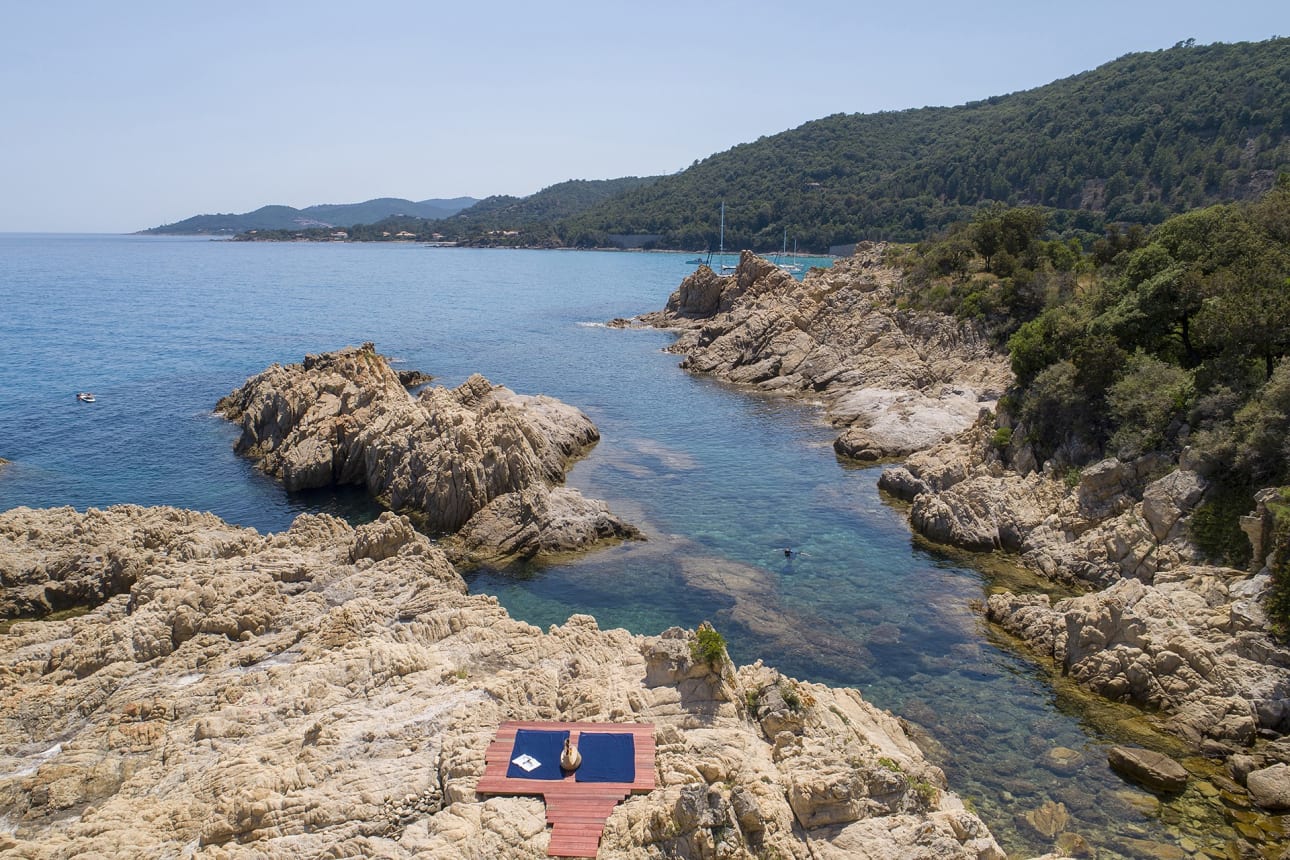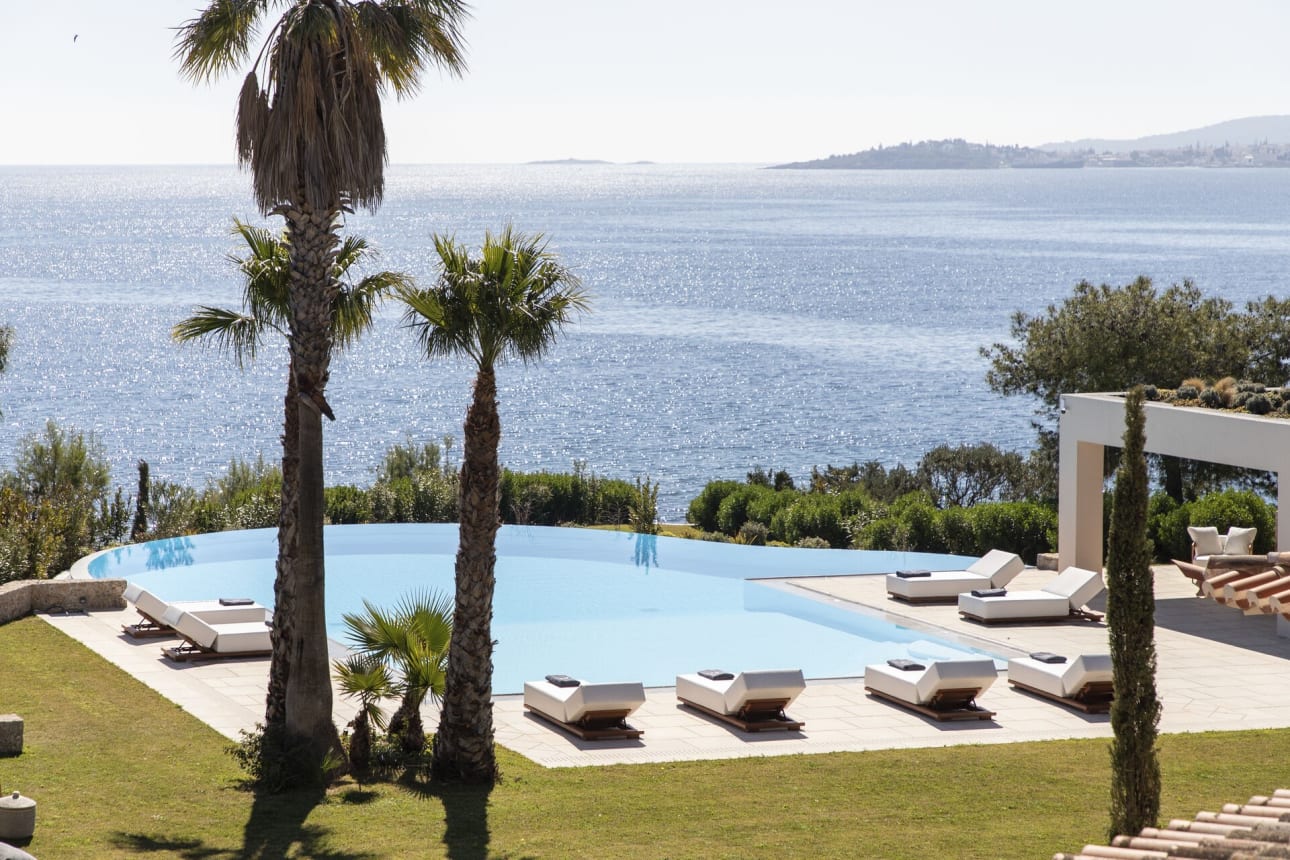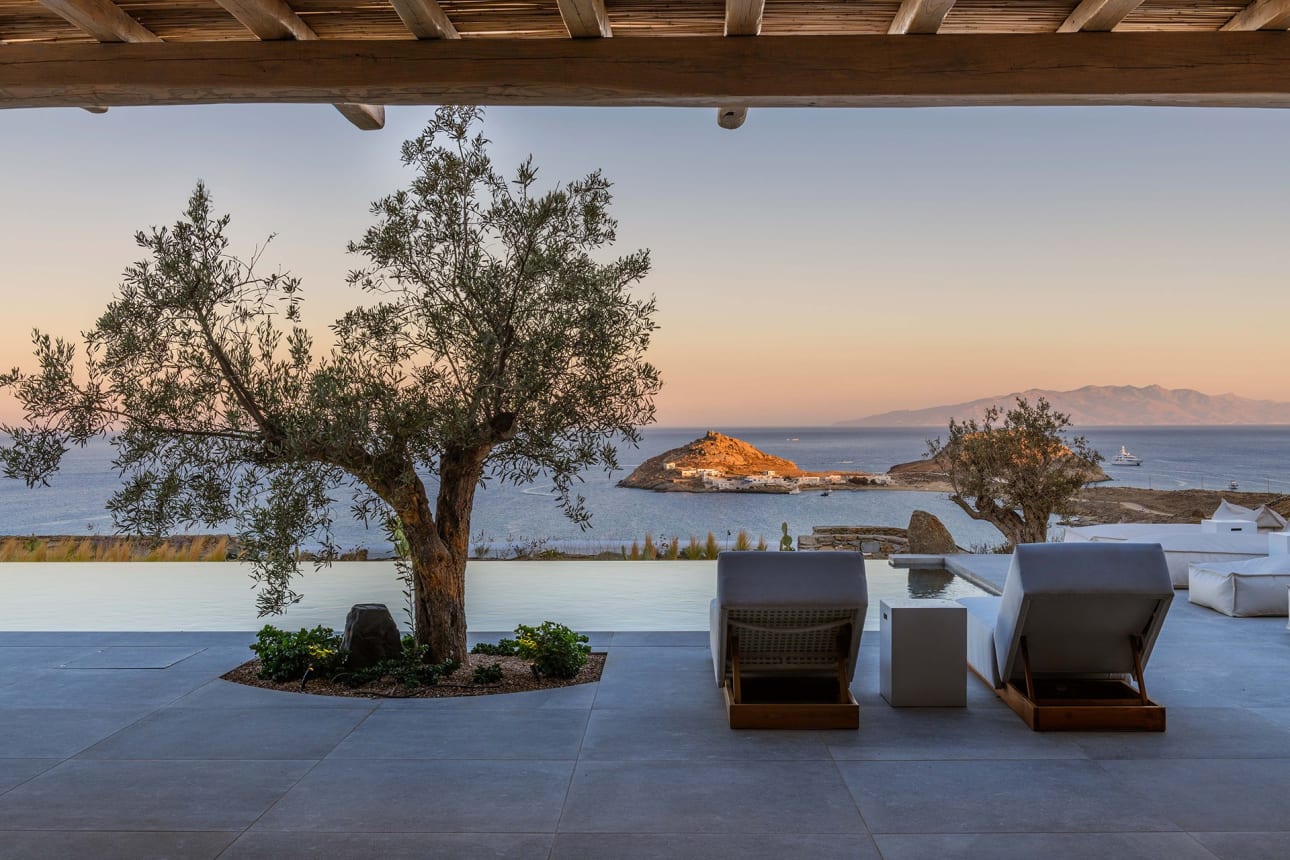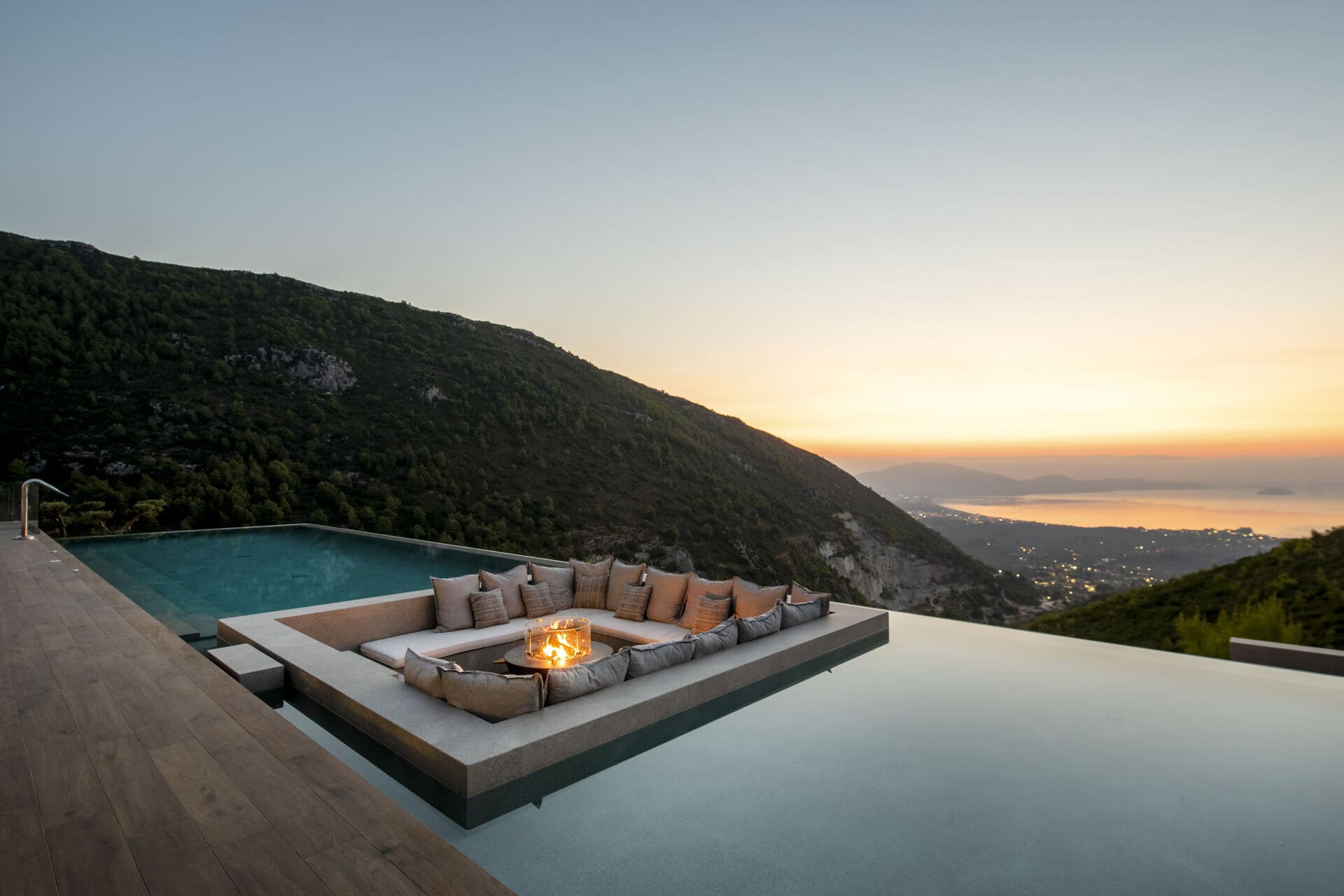What are the UNESCO World Heritage Sites in Sicily?
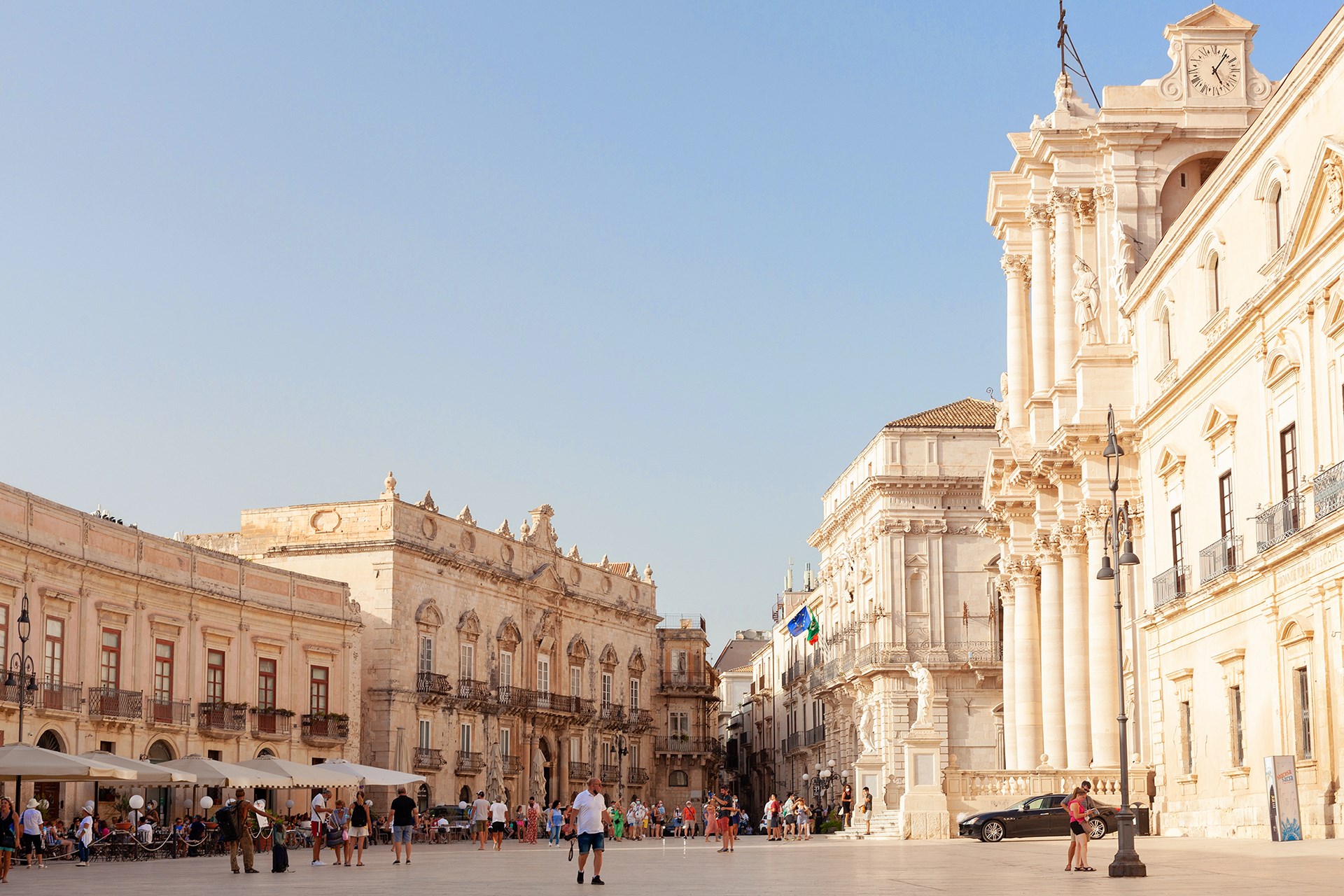
With its multi-millennial history at the crossroads of the Mediterranean and its unique variety of geological features, Sicily is brimming with man-made and natural wonders. Seven of these have been granted UNESCO World Heritage Site status.
Scattered all over the island, Sicily’s World Heritage sites highlight the island’s diversity and provide a fascinating synopsis of its long history and extraordinary beauty. You might not be able to visit them all in one trip, but we recommend you see at least a few.
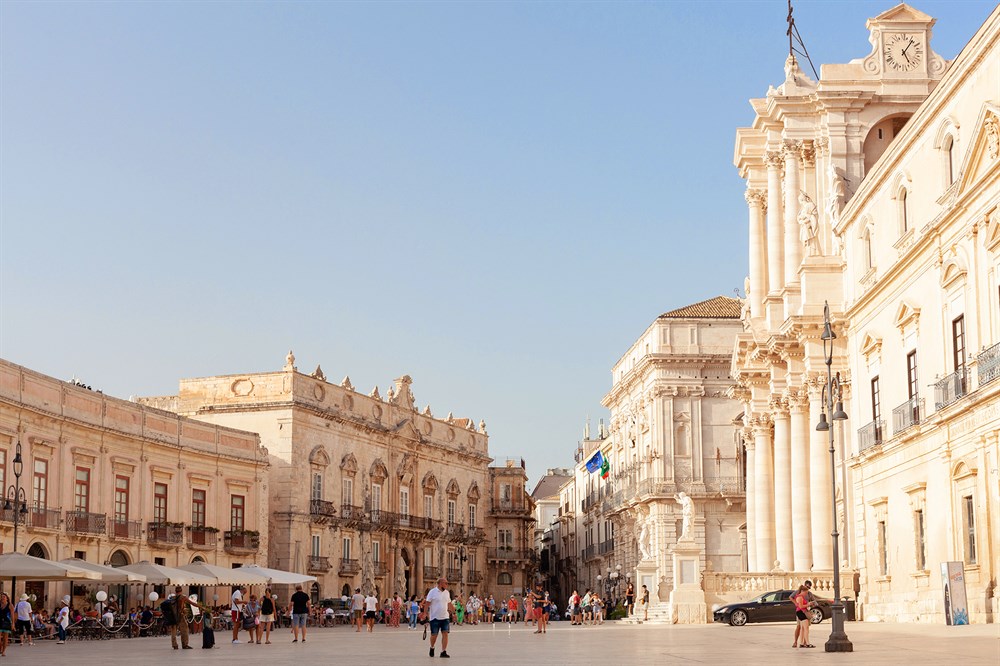
1. Syracuse and the Rocky Necropolis of Pantalica
Following its defeat of Athens in 413BC, Syracuse became arguably the most influential city in Magna Graecia. Visitors today can wonder at the archaeological site, whose superb Greek theatre takes pride of place.
There's the island heart of the town, Ortigia, whose labyrinthine streets weave around ancient ruins, mythological sites and markets. Then you'll find the glorious Piazza Duomo, home to a sublime Baroque cathedral built around the columns of a Hellenic Temple of Diana.
In the words of UNESCO, “the group of monuments and archaeological sites situated in Syracuse… is the finest example of outstanding architectural creation encompassing several cultural influences (Greek, Roman and Baroque).”
The Rocky Necropolis of Pantalica, meanwhile, is situated in a deep gorge in the Iblei Mountains, about 25km northwest of Syracuse. Comprising some 5,000 burial chambers dating back to between the 13th and 7th centuries BC, the necropolis offers a thought-provoking insight into Sicily before the arrival of the first Greek colonists.
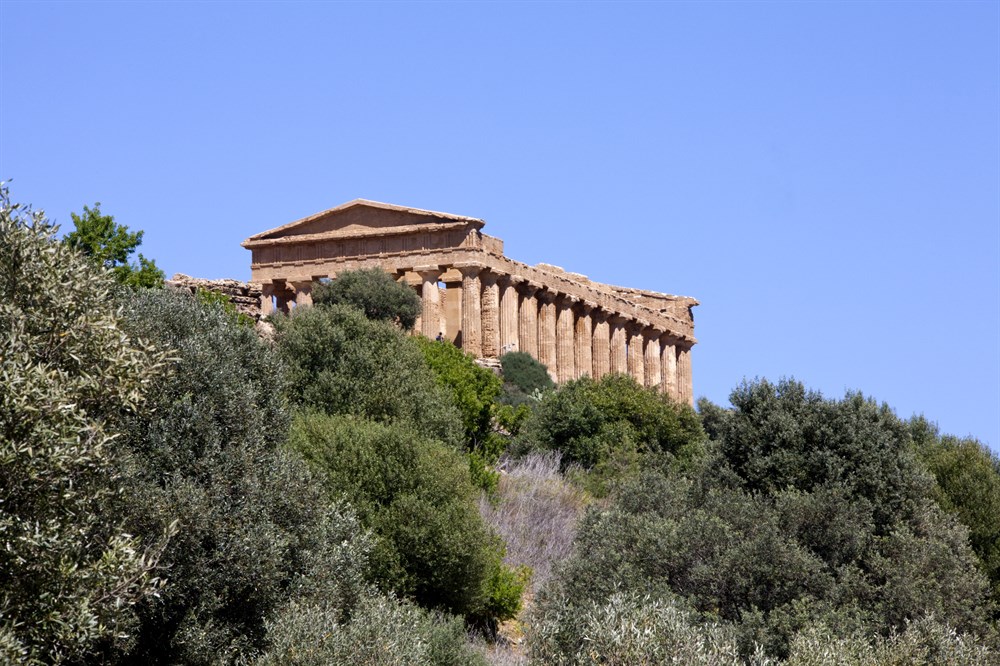
2. Agrigento and the Valley of the Temples
Founded in the 6th century BC by colonists from Rhodes and Crete, Akagras, as Agrigento was known, soon became a thriving Greek city. Its wealth is manifest in its magnificent religious constructions, including the eight temples built between 510 BC and 430 BC. According to UNESCO, the Valley of the Temples “is one of the most outstanding monuments of Greek art and culture”. Not to be missed, then.
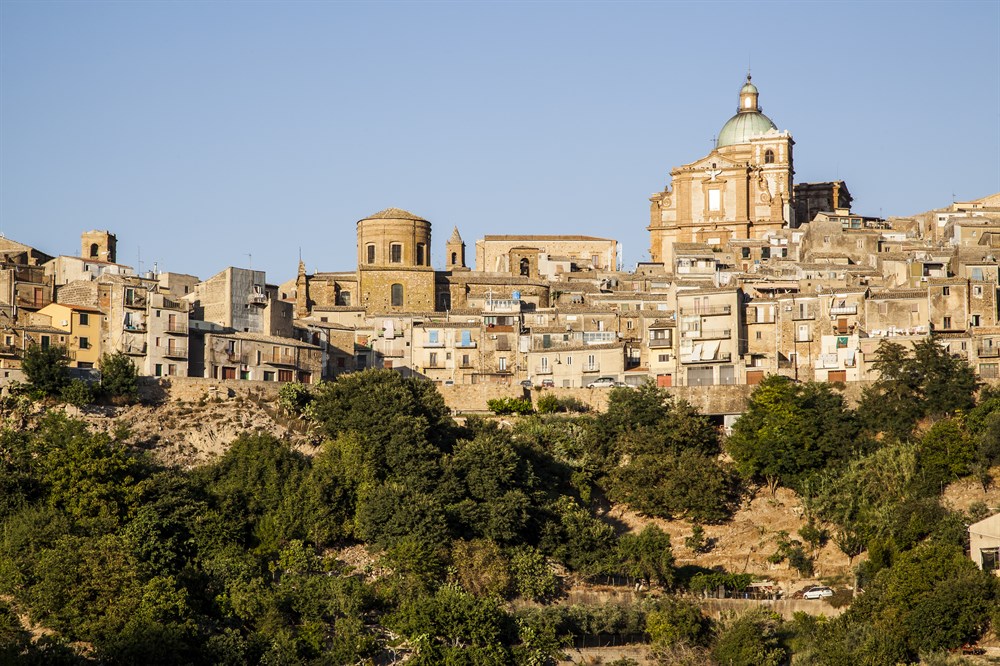
3. Villa Romana del Casale
Situated just outside the historic town of Piazza Armerina in Sicily’s hinterland, the 4th century AD Villa Romana del Casale was only fully unearthed in the 20th century.
What the archaeologists discovered was simply stunning. Around 3500m2 of beautifully preserved Roman mosaics depicting Homeric escapades, mythological scenes and portrayals of the Roman owner’s daily life. This discovery included the famous tableau of bikini-clad girls working out with a medicine ball.
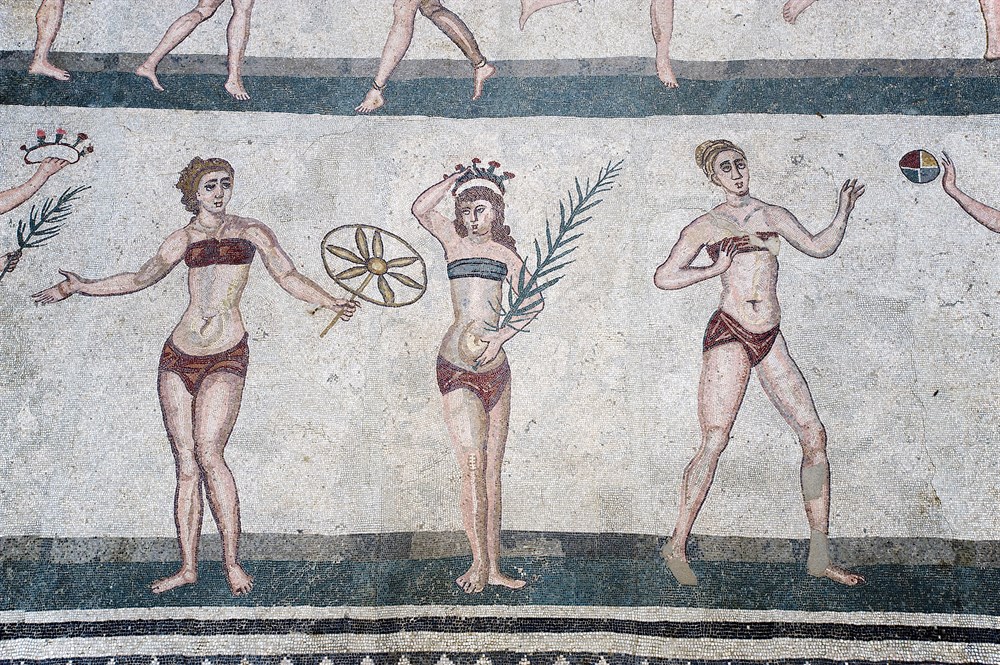
UNESCO considers Villa Romana del Casale to be “the supreme example of a luxury Roman villa, which graphically illustrates the predominant social and economic structure of its age. The mosaics that decorate it are exceptional for their artistic quality and invention as well as their extent. ”
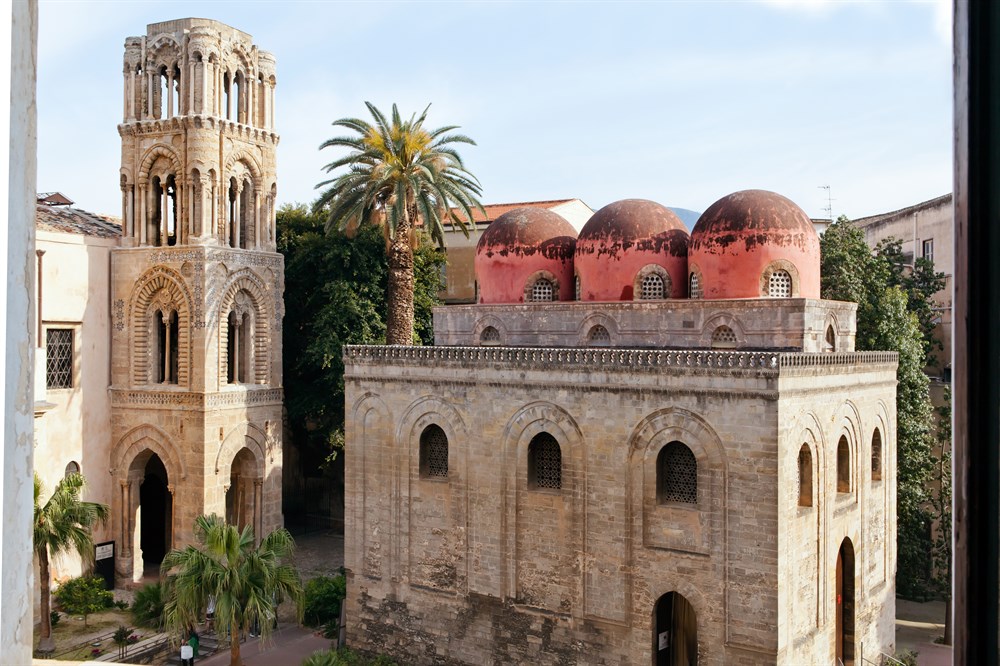
4. Arab-Norman Palermo and the Cathedral Churches of Cefalù and Monreale
Unique in the world, Palermo’s Arab-Norman architecture has delighted and fascinated art historians for centuries. The Norman domination of the ancient city of Sicily began in 1060 and lasted for over one hundred years. After vanquishing the Arabs, the Normans opted for a regime of religious and cultural tolerance. They embraced many aspects of Arabic life and enlisting North African artists and architects in their building projects.
The result was an astonishing fusion of north and south which can be admired in the nine constructions that make up the Heritage Site:
Norman Palace
Palatine Chapel
Zisa Palace
Church of San Giovanni degli Eremiti
Church of Santa Maria dell’Ammiraglio
Church of San Cataldo
The Admiral’s Bridge (in Palermo)
The cathedrals in Palermo, Monreale, and Cefalù
As UNESCO says, “Collectively, (these constructions) are an example of a social-cultural syncretism between Western, Islamic and Byzantine cultures on the island which gave rise to new concepts of space, structure and decoration. They also bear testimony to the fruitful coexistence of people of different origins and religions (Muslim, Byzantine, Latin, Jewish, Lombard and French).”
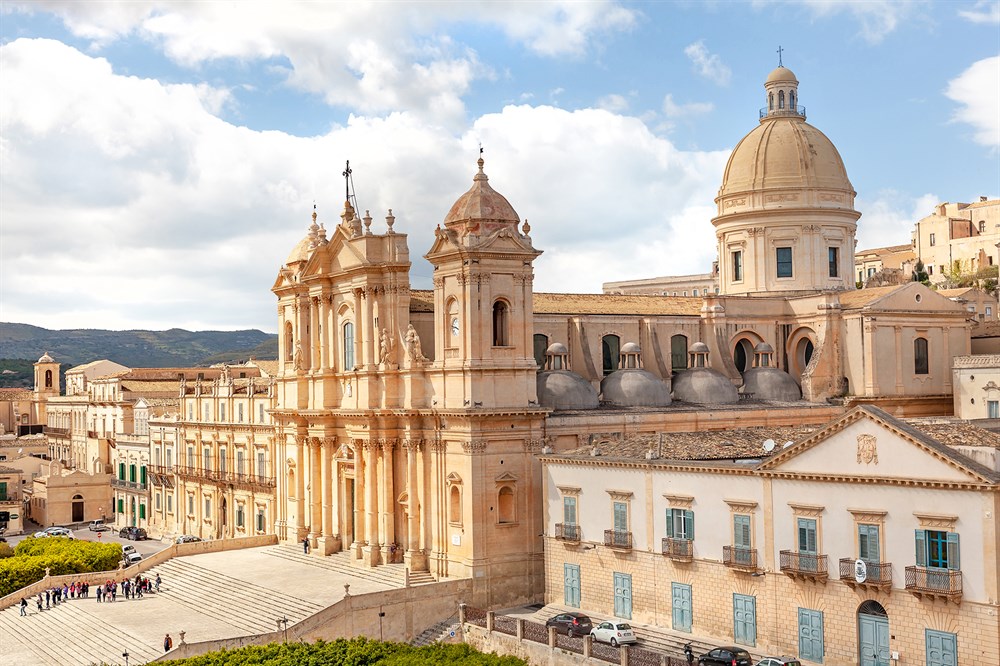
5. The late Baroque towns of the Val di Noto
In 1693, a terrible earthquake devastated the southeast of Sicily, flattening towns and killing hundreds. The response to this disaster was Phoenixesque, arising from the rubble that sparked the beginning of an inspiring, utterly beautiful late Baroque renaissance.
Some towns were rebuilt from scratch on new sites, others stayed where they had always been. What is particularly striking is the diversity of the architecture, with each town creating its own distinct style:
Caltagirone
Catania
Militello Val di Catania
Modica
Noto
Palazzolo Acreide
Ragusa
Scicli
In the words of UNESCO, “the Late Baroque Towns of the Val di Noto in southeastern Sicily provide outstanding testimony to the exuberant genius of late Baroque art and architecture… and represent the culmination and final flowering of Baroque art in Europe.”
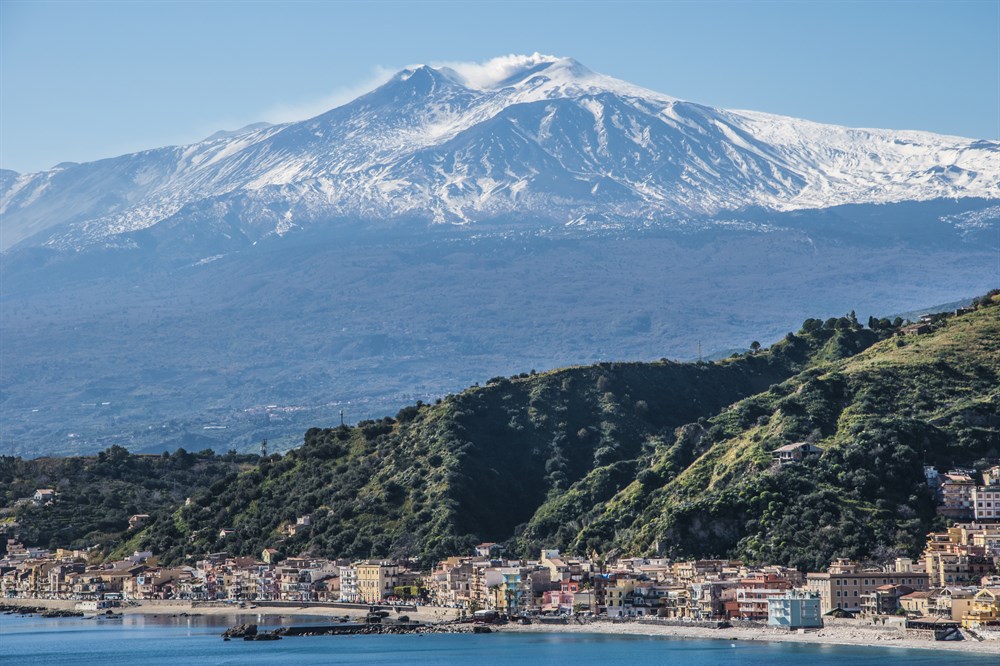
6. Mount Etna
Mount Etna, Europe’s highest active volcano at 3,350m, dominates Sicily’s east coast and has literally shaped the area’s destiny for around half a million years.
It’s not only Etna’s height that is impressive, but also its surface area. At 1,190km2, it's home to a vast variety of landscapes, from crater-topped lava fields to forests, vast expanses of citrus groves, and vineyards.
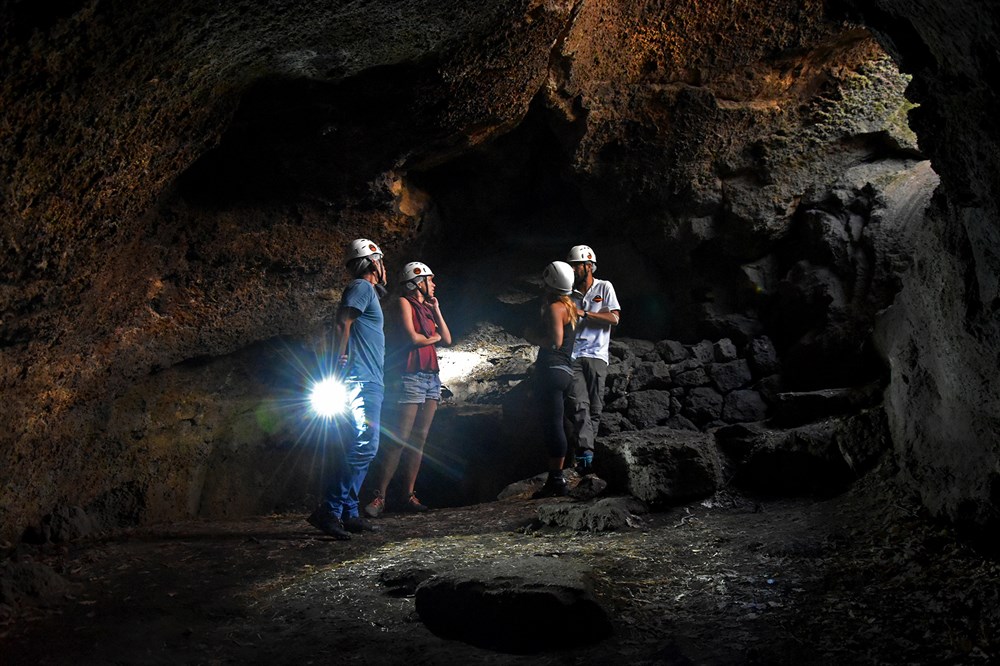
Such is Mount Etna’s size and diversity, one could easily spend a month exploring the volcano and still come away without even scratching the surface. Its inclusion in the list of UNESCO World Heritage Sites is thanks to its “almost continuous eruptive activity (which) continues to influence volcanology, geophysics, and other Earth science disciplines...”
“The volcano also supports important terrestrial ecosystems including endemic flora and fauna and its activity makes it a natural laboratory for the study of ecological and biological processes. The diverse and accessible range of volcanic features has made the site a prime destination for research and education.”
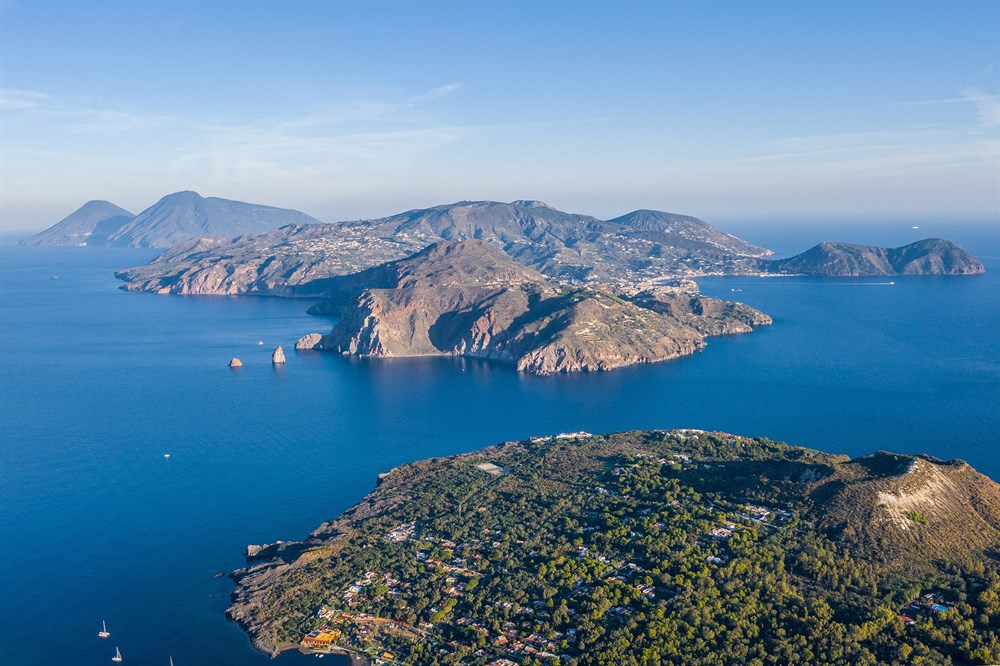
7. The Aeolian Islands
Emerging from the Tyrrhenian Sea about 30km to the north of Sicily, the Aeolian archipelago’s volcanic origins are clear to see. Several have that classic volcano shape a child might draw and two of them, Vulcano and Stromboli, are still active. Vulcano gave its name to all volcanoes, and features bubbling sulfurous mud baths. Stromboli fires off salvos of fiery magma and lava bombs on a daily basis.
Beautifully limpid waters lap the archipelago’s many beaches. Panoramic wooded hills entice walkers, sailors delight in variety at their fingertips and food lovers feast on the freshest of fish and fine local wines.
For UNESCO, the islands “have provided the science of volcanology with examples of two types of eruption (Vulcanian and Strombolian) and thus have featured prominently in the education of geologists for more than 200 years. The site continues to enrich the field of volcanology.”
.jpg)
